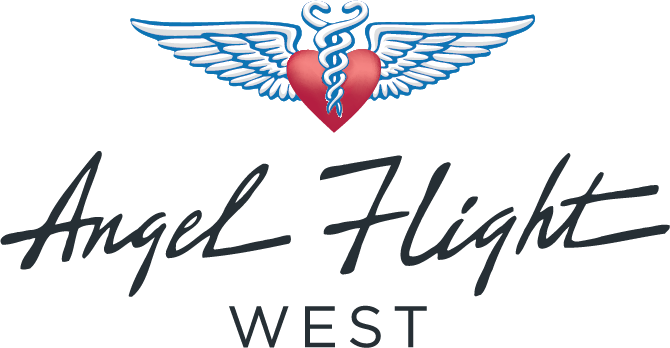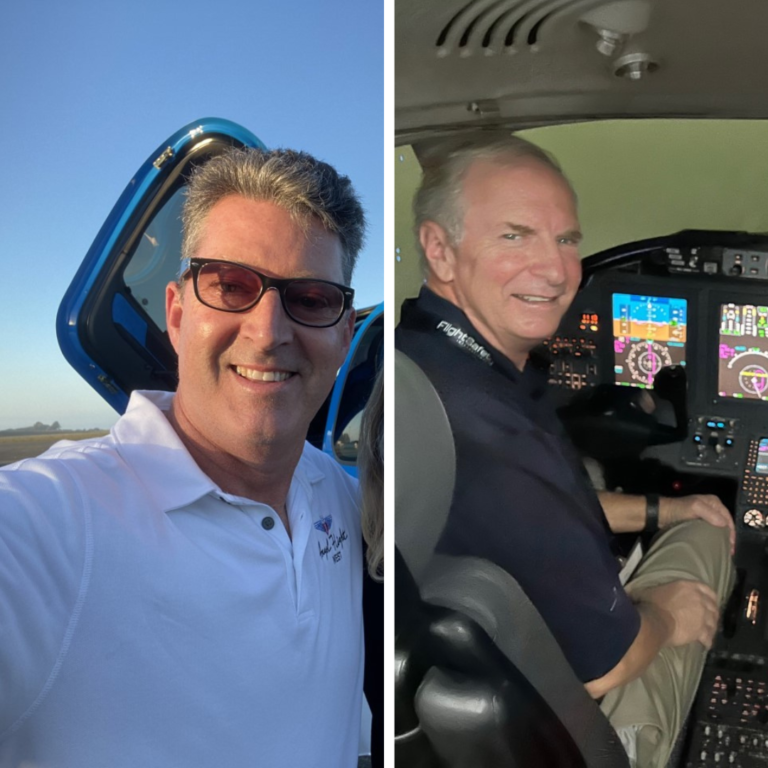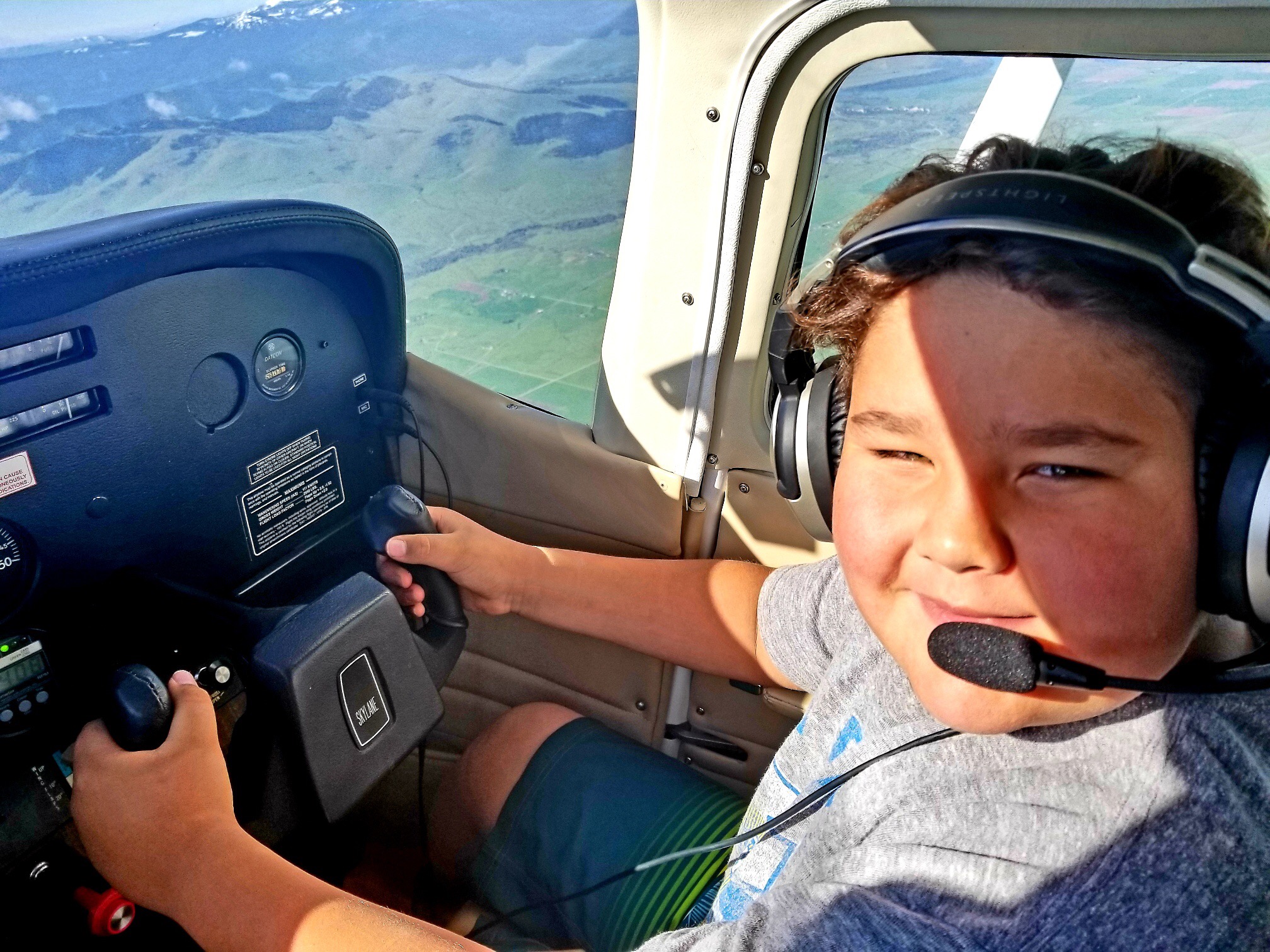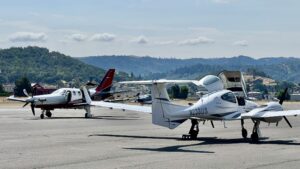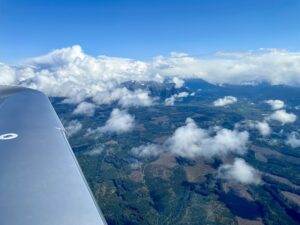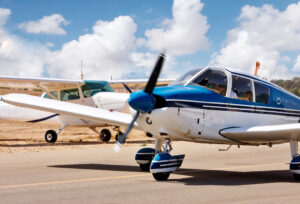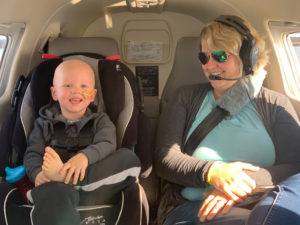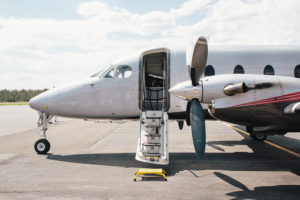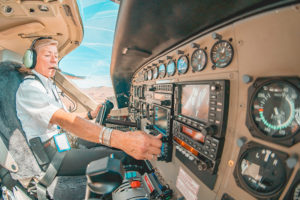All pilots, especially those who are instrument rated (those that are licensed by the FAA to fly in instrument meteorological conditions – i.e. clouds), are familiar with the term ‘personal minimums’. It speaks to being aware at any given time to what a pilot-in-command is comfortable doing. For example, although a pilot may be instrument current and legally allowed to fly a landing to minimums, they may not be comfortable doing so on that day and decide that their “personal minimum” is 1000 feet rather than the “allowed” 275. The point is that each of us must continuously evaluate our personal minimums. By doing so we are safer pilots – and, safer individuals.
AFW expects all of our pilots – both VFR (Visual Flight Rules) and IFR (Instrument Flight Rules) to evaluate their personal minimums on an ongoing basis. It is expected that they evaluate a flight and never accept one that – although legal – will exceed their current personal minimums. The operative phase – “When in doubt, don’t.”
Personal minimums and experience go hand in hand. Pilots keep track of their “hours” and like to mention their total – like, “Oh, yeah, I’ve got 3000, or 15,000 or….” Like – the more hours the more experience, and, yes – this can be true. As long as we remember that a lot of time experience comes from making mistakes and must not lead to complacency. Do you ALWAYS use a checklist? Do you ALWAYS do a weight and balance? Do you ALWAYS file a flight plan? Do you ALWAYS use flight following? Are you always thinking “…what if…?”
In future columns – and other communiqués – we will be discussing specific safety issues and mentioning safety resources – like the excellent courses available to everyone for free on the AOPA’s Air Safety Foundation’s web site – www.aopaasf.com.
As always – blue skies and tailwinds,
Alan M. Dias
Executive Director
